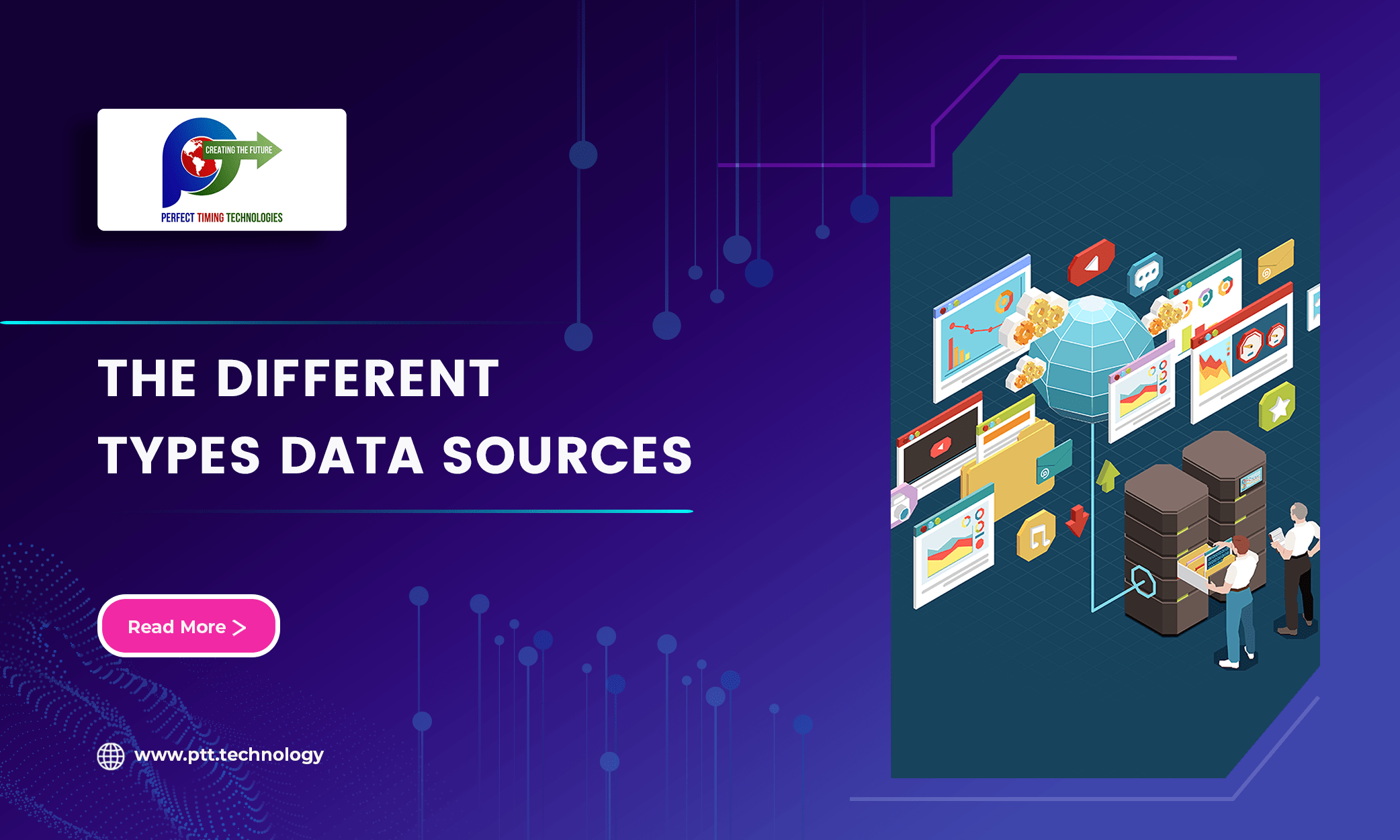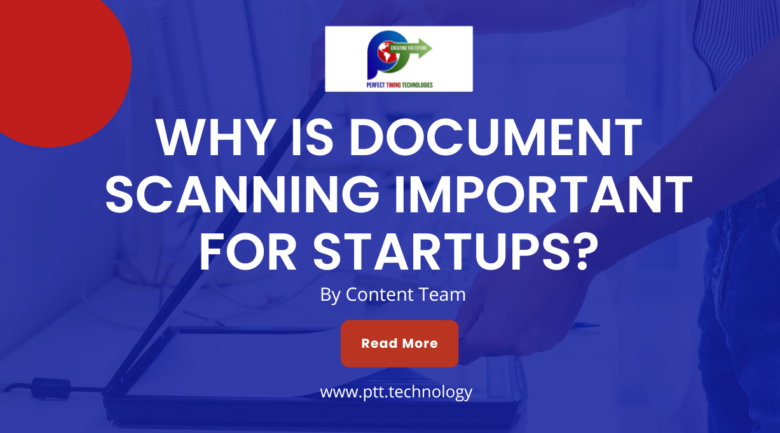
Data plays a crucial role in today’s customer-centric business world. Marketers these days depend upon more and more data sources. Data sources are repositories or origins from which data is collected, stored, and retrieved. Understanding the different types of data sources helps in strategizing data collection, integration, and analysis to derive meaningful insights for various business and analytical purposes.
Today, we shall classify the different types of data sources and talk about some effective ways to utilize them.
Types of Data Sources
Data sources can be classified into various types based on their origin, structure, and usage. Some of the common types of data sources are-
- Databases: These are structured repositories that store organized data. They can be relational databases that are SQL-based like MySQL, PostgreSQL or NoSQL databases such as MongoDB, Cassandra, etc that handle unstructured or semi-structured data.
- Data Warehouses: Data warehouses are repositories that aggregate data from multiple sources within an organization to support decision-making processes. They often store historical and current data for analysis.
- Data Lakes: Data lakes store vast amounts of raw data in its native format until it’s needed. They can hold structured, semi-structured, and unstructured data and are used for exploratory analytics and big data processing.
- Files and Documents: These may include unstructured data sources like text files, PDFs, spreadsheets, images, and presentations that contain valuable information but might not have a predefined schema.
- APIs (Application Programming Interfaces): APIs are interfaces that allow different software applications to communicate and exchange data among one another. They provide a way to access data from various online services and platforms.
- Streaming Data Sources: Streaming data sources are real-time data streams from sources like IoT devices, sensors, social media feeds, or clickstream data, providing constantly updated information.
- External Data Sources: Information obtained from third-party sources, including market research firms, public datasets, government sources, and data purchased from vendors, are known as external data sources.
- Cloud-Based Sources: Cloud-based data sources refer to data stored and accessed via cloud services, including databases, storage systems, and applications hosted on cloud platforms like AWS, Azure, or Google Cloud.
- Social Media and Web Data: This data is extracted from social media platforms, websites, forums, blogs, and online communities, providing insights into customer behaviour, sentiment analysis, and trends.
- Machine-Generated Data: Such data is produced by machines, software, or automated systems, such as logs, telemetry data, and system-generated records.
A Step-by-step Guide to Effectively Utilize Data Sources
Effectively utilizing different data sources involves several steps to ensure the data is collected, integrated, analyzed, and used optimally. You must follow the following steps to make the most crucial data available to your business.
- Identify your goals and project needs.
- Collect and gather data from diverse sources relevant to your specific business goals.
- Combine distinct data from various sources into a unified format using different tools.
- Ensure data accuracy, consistency, and reliability.
- Utilize appropriate analytics tools, algorithms, and methodologies to explore the integrated data.
- Contextualize the data by understanding the relationships between different sources.
- Ensure that sensitive or private data is secure and comply with relevant regulations.
- Continuously refine your approach towards data based on initial findings, feedback, and evolving business needs.
- Present insights in an understandable manner using visualizations, reports, dashboards, or presentations.
- Gather feedback from stakeholders and users to improve data utilization processes. Learn from past experiences and refine strategies for better utilization of data sources.
Conclusion
By adopting an organized, systematic approach, organizations can leverage the richness of different data sources to make informed decisions, gain competitive advantages, and drive innovation.
Let us help you build a successful business with a strong online presence. Talk to us now and grow your business.







